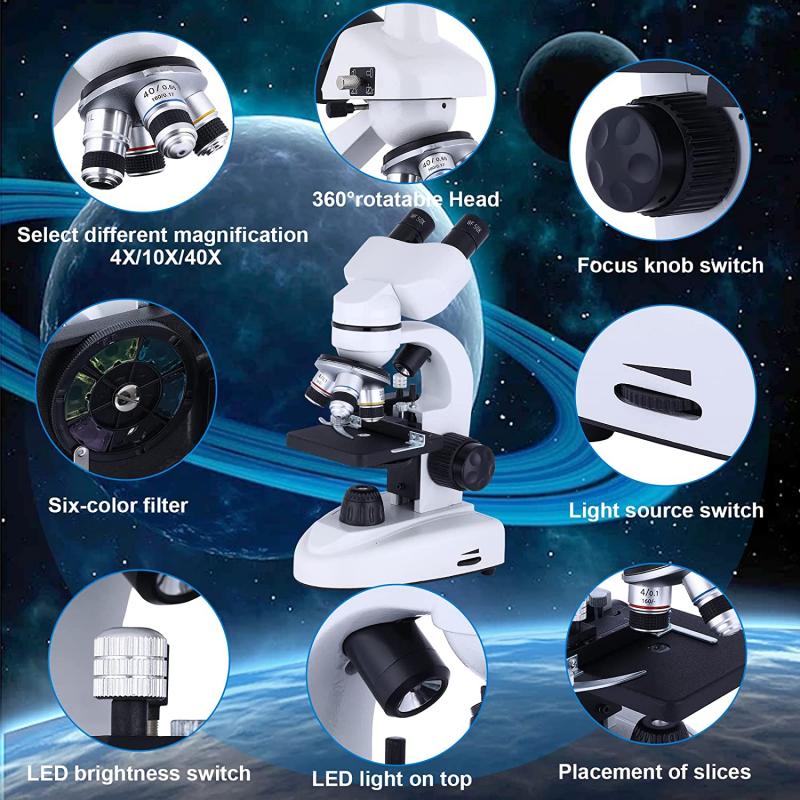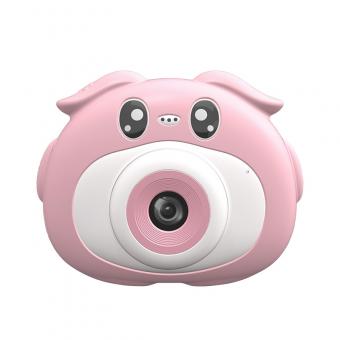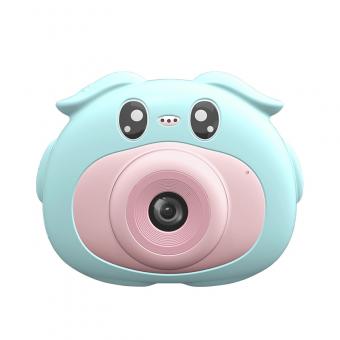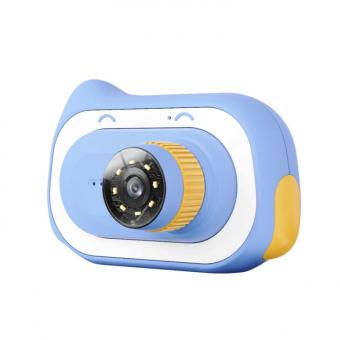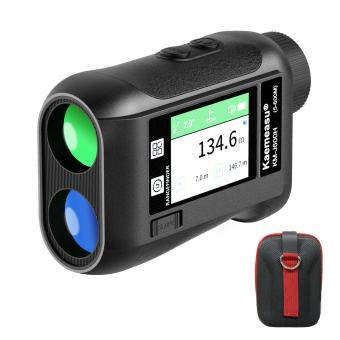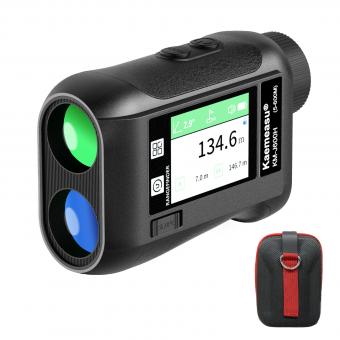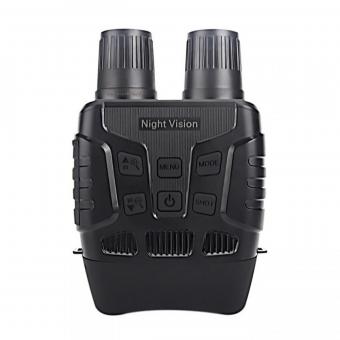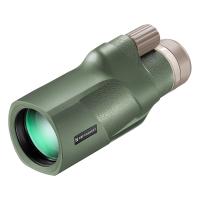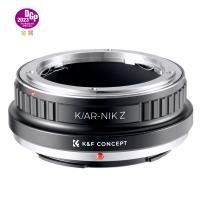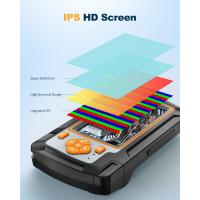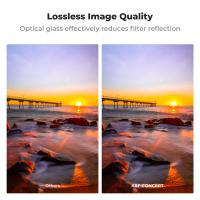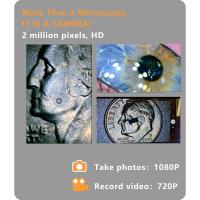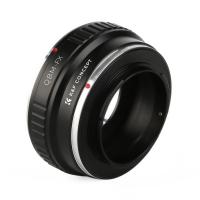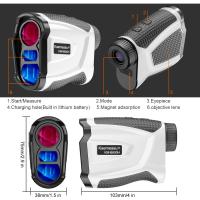What Is A Good Binocular Magnification ?
A good binocular magnification depends on the intended use and personal preference. For general purposes such as birdwatching or wildlife observation, a magnification of 8x or 10x is commonly recommended. Higher magnifications, such as 12x or 15x, can provide more detailed views but may be more challenging to hold steady without a tripod. It is important to consider factors like the user's hand steadiness, the field of view, and the intended distance of observation when selecting a binocular magnification. Ultimately, the best magnification is subjective and should be chosen based on individual needs and preferences.
1、 "Understanding Binocular Magnification: Finding the Right Balance"
A good binocular magnification depends on various factors such as the intended use, personal preference, and the specific conditions in which they will be used. The most common magnifications for binoculars range from 8x to 12x, with some models offering even higher magnifications. However, it is important to find the right balance between magnification and other factors to ensure a satisfactory viewing experience.
Higher magnifications, such as 12x or above, can provide a closer view of distant objects, making them ideal for activities like birdwatching or stargazing. They allow for more detail to be seen, which can be particularly useful when observing small or distant subjects. However, higher magnifications also come with some drawbacks. They tend to have a narrower field of view, making it more difficult to locate and track moving objects. Additionally, they can be more challenging to hold steady, resulting in a shakier image.
On the other hand, lower magnifications, such as 8x, offer a wider field of view, making it easier to locate and follow subjects. They also tend to provide a more stable image due to their lower magnification. This makes them suitable for activities like wildlife observation or general outdoor use. However, lower magnifications may not provide the level of detail desired for certain applications.
In recent years, there has been a growing trend towards using binoculars with image stabilization technology. These binoculars compensate for hand movements, allowing for a steadier image even at higher magnifications. This technology has made higher magnifications more accessible and practical for many users.
Ultimately, the choice of binocular magnification depends on personal preference and the specific use case. It is recommended to try out different magnifications and consider factors such as field of view, image stability, and intended use before making a decision.
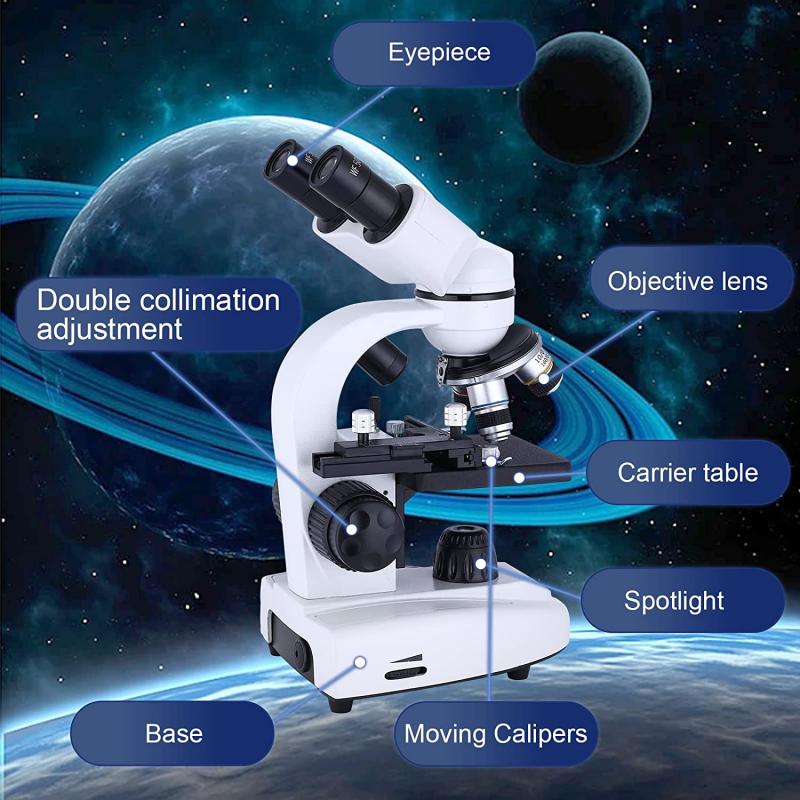
2、 "Factors to Consider for Optimal Binocular Magnification"
When considering the optimal binocular magnification, there are several factors to take into account. One of the most important factors is the intended use of the binoculars. Different activities require different levels of magnification. For example, birdwatching or wildlife observation typically benefits from higher magnification, such as 8x or 10x, to get a closer view of distant subjects. On the other hand, for general use or sporting events, lower magnification, such as 7x, may be more suitable to provide a wider field of view.
Another factor to consider is the stability of the image. Higher magnification can make the image appear shakier, especially when hand-holding the binoculars. This can be mitigated by using image stabilization technology or by using a tripod. Additionally, the size and weight of the binoculars should be taken into account, as higher magnification often results in larger and heavier binoculars, which may not be ideal for extended use or travel.
The exit pupil diameter is another important consideration. The exit pupil is the size of the beam of light that enters your eye through the binoculars. A larger exit pupil, typically around 5mm, allows for better low-light performance and a brighter image. However, as we age, our pupils tend to shrink, so a larger exit pupil may not be fully utilized by older individuals.
Lastly, it is important to note that higher magnification does not always equate to better image quality. Factors such as lens quality, coatings, and overall optical design play a significant role in determining the clarity and sharpness of the image.
In conclusion, the optimal binocular magnification depends on the intended use, stability of the image, size and weight preferences, exit pupil diameter, and overall image quality. It is recommended to try out different magnifications and consider these factors to find the best fit for your specific needs.
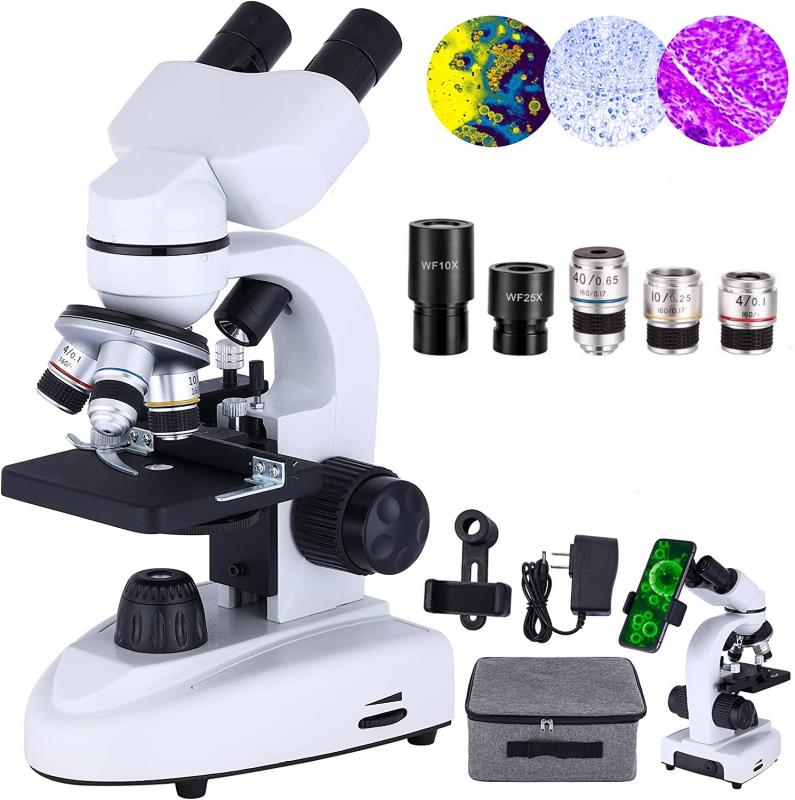
3、 "Choosing the Ideal Binocular Magnification for Different Activities"
Choosing the ideal binocular magnification for different activities can greatly enhance your viewing experience. The right magnification depends on the specific activity and the desired level of detail and field of view. While there is no one-size-fits-all answer, there are some general guidelines to consider.
For birdwatching and wildlife observation, a magnification of 8x to 10x is often recommended. This range provides a good balance between magnification and field of view, allowing you to observe birds and animals up close while still maintaining a wide enough view to track their movements. Higher magnifications, such as 12x or 15x, can provide more detail but may also result in a narrower field of view, making it harder to locate and follow fast-moving subjects.
For stargazing and astronomy, higher magnifications are typically preferred. A magnification of 10x to 20x or even higher can help you observe celestial objects with greater detail. However, it's important to note that higher magnifications also amplify hand movements and vibrations, making it harder to achieve a steady view. Therefore, using a tripod or image stabilization technology is recommended for higher magnifications.
For general outdoor activities like hiking or sporting events, a magnification of 8x to 10x is often considered ideal. This range provides a good balance between magnification and stability, allowing you to observe distant objects without sacrificing a wide field of view. Higher magnifications may result in a shakier image, especially when hand-held, and can make it harder to track fast-moving subjects.
It's worth mentioning that the latest point of view in binocular magnification is the increasing popularity of image-stabilized binoculars. These binoculars use technology to compensate for hand movements, allowing for higher magnifications without sacrificing image stability. This advancement has made higher magnifications more accessible and practical for various activities.
In conclusion, the ideal binocular magnification depends on the specific activity and desired level of detail. Generally, a magnification of 8x to 10x is suitable for birdwatching and outdoor activities, while higher magnifications are preferred for stargazing and astronomy. The latest advancements in image stabilization technology have also made higher magnifications more practical and accessible for various activities.

4、 "The Pros and Cons of High Magnification Binoculars"
A good binocular magnification depends on the intended use and personal preferences of the user. The Pros and Cons of High Magnification Binoculars can help shed light on this topic.
High magnification binoculars, typically ranging from 10x to 16x, offer several advantages. They provide a closer view of distant objects, making them ideal for birdwatching, wildlife observation, and stargazing. High magnification also allows for better detail and clarity, enhancing the overall viewing experience. Additionally, these binoculars can be useful for long-range surveillance or for activities that require a greater level of detail, such as hunting or target shooting.
However, there are also some drawbacks to consider. High magnification binoculars tend to have a narrower field of view, making it more challenging to locate and track moving objects. They are also heavier and bulkier, which can make them less portable and more tiring to use for extended periods. Furthermore, the increased magnification amplifies hand movements, making it harder to maintain a steady image without the aid of a tripod or image stabilization technology.
In recent years, there has been a shift towards more moderate magnification binoculars, such as 8x or 10x. These offer a good balance between magnification and field of view, making them versatile for various activities. They are lighter, more compact, and easier to handle, making them suitable for travel and general use. Additionally, they are less prone to image shake, allowing for a more comfortable viewing experience without the need for additional stabilization.
Ultimately, the choice of binocular magnification depends on individual preferences and specific requirements. It is recommended to try out different magnifications before making a purchase to determine what works best for your needs.
